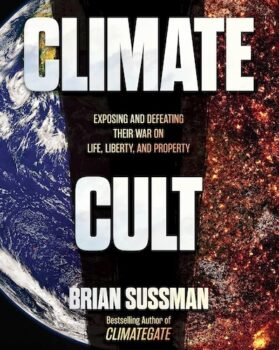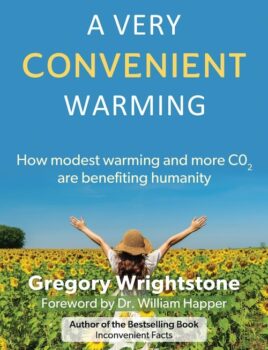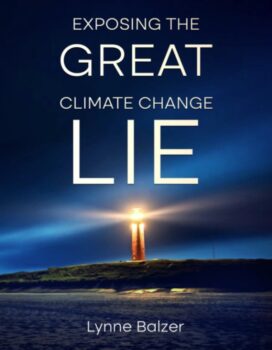
The adjusted data set in question comes from Remote Sensing Systems (RSS), satellites put into orbit by NASA but now overseen by chief RSS climate scientist Carl Mears in Santa Rosa, California. The new numbers, which were recently adjusted, purport to show about 0.125 degrees Celsius of warming every ten years. That is radically more than the 0.078 Celsius per decade — a statistically insignificant figure — that the RSS data set showed before being “adjusted.” The new numbers from RSS also show radically higher temperature increases than other satellite data, such as the numbers from the University of Alabama at Huntsville’s data set (UAH). Examining the alleged warming over the tropics, for example, the new adjusted RSS data shows a rate of warming almost five times larger than UAH data, analysts said.
Scientists at UAH, including Dr. Roy Spencer, former senior climate scientist at NASA, compared the new RSS results with the data collected by UAH satellites. In comments on his own website and at climate-focused outlets, Spencer said there had been “spurious warming” added into the new RSS data — a problem that UAH data does not have. He blamed the spurious warming in the adjusted RSS data set on the RSS scientists failing to correct for discrepancies between more accurate temperature data-gathering instruments and data gathered by older, poorly calibrated instruments that have drifted from their original orbit. “I suspect Carl Mears [with RSS] grew tired of global warming ‘denialists’ using the RSS satellite data to demonstrate an 18-year ‘pause,'” Spencer was quoted as saying by the Daily Caller. “So, now that problem is solved.”
Spencer also followed up with an in-depth analysis of the changes on his own website. “Importantly, Mears and [fellow RSS scientist Frank] Wentz choose to leave this calibration drift in without adjustment for it,” explained Spencer after showing the discrepancies graphically. “In effect they are saying, ‘we don’t know which of the two satellites is at fault, so we will leave both satellites in without adjustment.’… We find it curious (to say the least) that RSS would treat these two satellites as equally accurate.” Spencer also noted that his colleague at UAH, Dr. John Christy, computed the level of agreement between the three satellite data sets and the various other sets of data. UAH data had better agreement with other data sources than RSS or NOAA’s data set, Spencer said.
In his conclusion, Spencer said the evidence suggests that the latest RSS data set has “spurious warming” due to a lack of correction for calibration drift in the NOAA-14 MSU instrument, which gathers data from a satellite. “Somewhat smaller increases in their warming trend are due to their use of a climate model for diurnal [daily] drift adjustment, compared to our use of an empirical approach that relies upon observed diurnal drift from the satellite data themselves,” he added. “While the difference in diurnal drift correction methodology is a more legitimate point of contention, in the final analysis independent validation with radiosonde data [from weather balloons] and most reanalysis data sets suggest better agreement with the UAH product than the RSS product.”
Speaking to meteorologist Anthony Watts, who runs one of the world’s leading websites focused on climate science, Spencer was even more blunt about the problems. “So, it looks like they [RSS] decided to force good data to match bad data,” he said. “Sound familiar?” Watts responded by saying, “Yes, yes it does.” Considering the fact that there “aren’t many satellite temperature data experts in the world,” Watts also asked Spencer at UAH whether he or Dr. Christy, also a climatologist at UAH, had been asked to review the paper by RSS’ scientists “finding” the spurious warming. Spencer said that Christy reviewed the original one and requested more evidence, but the paper was ultimately rejected anyway. Eventually the RSS scientists submitted the claims to another journal “and likely asked that we be excluded as reviewers,” Spencer noted.
Watts also tore into the latest adjustments, lambasting what he called the “Karlization” of temperature data — a term named after National Climatic Data Center director Tom Karl, currently under congressional scrutiny, who was called out even by fellow warmists for trying to make the past seem colder so the present would seem warmer. “It seems to me based on his recent comments that Dr. Mears has gotten fed up with people using his RSS data set to suggest that the world isn’t warming as he expects it should,” Watts said about the recent adjustments to RSS data. “Taking a cue from the other Karl, he publishes a paper and claims that new and improved adjustments have ‘found’ that missing warming.”















